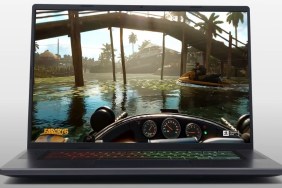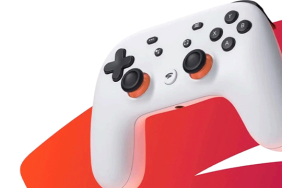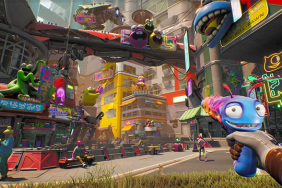Some early Google Stadia latency tests have highlighted the biggest problem facing the burgeoning cloud gaming industry. Latency between player inputs and a response is massively important for a great number of games, and cloud gaming—even Google’s latest Stadia tech—is worse than the slowest local application.
Early testing from Digital Foundry suggests a significant, but not unmanageable, increase in latency. According to Digital Foundry, Stadia latency comes in at 166ms or roughly 5 frames of input lag in a 30fps game like the demoed Assassin’s Creed Odyssey. This is better than Digital Foundry’s latency testing for Project Stream, which came in at 179ms of latency. In comparison, the same game running on a PC with a 30fps cap had 112ms of latency and just 79ms of latency at 60fps.
The results are a good sign, as even last year’s Project Stream tests were playable with the added input lag. Adding display lag into the mix, Google Stadia is just about on par with an Xbox One X playing Assassin’s Creed Odyssey locally. Of course, Digital Foundry’s testing was done in some of the best conditions available for the service and real-world application will vary wildly. On a slower connection, like 15mbps, Stadia latency increases to 188ms—worse, but still playable for most games.
At it’s best, according to early tests, Google Stadia responds just as quick as the Xbox One X. It might be even better for games running at 60fps in Google’s framework for the service, which utilizes beefy specs to power games.
In comparison, Sony’s PlayStation Now cloud gaming service has anywhere from 100ms to nearly 200ms of input latency depending on the game. Games with higher framerates perform better, but image quality suffers without fast internet. Other services like Microsoft’s Project xCloud are still in the works but could rival Google Stadia latency and image quality.







